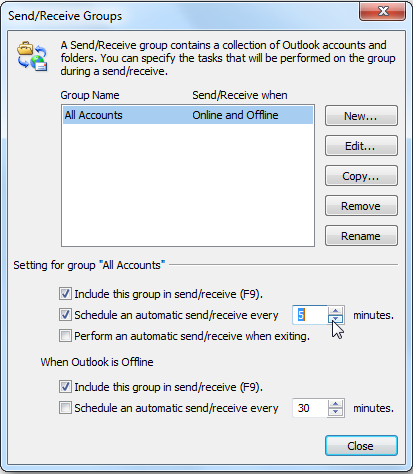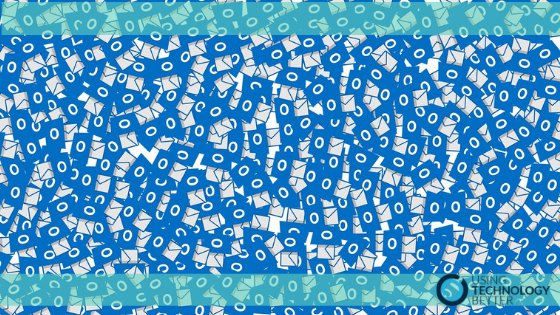

I will handle the clean up process in the following order I always start with the easiest folders and the folders where I can delete the most. So now that we’ve got a good view of how big the folders are and how we can identify large mails, it’s time to clean up. Message Size column shown in the Single Line layout. You can do this on the View tab via the Reading Pane or the Layout button. It is recommended to use the Single Line Layout instead and disable the Reading Pane or setting it to the bottom while cleaning up based on size. In Outlook 2013, 2016, 2019 and Office 365, hovering on the item will not display a tooltip. If you are using a multi-line layout in Outlook 2007 or Outlook 2010 (which is the default), you’ll see the size of the message when hovering on the message with your mouse as well.Ī tooltip revealing the message size in Outlook 2007. You’ll now see the “Size” column in your Outlook view when you are using the Single Line Layout.

In the Customize View dialog press the “Columns…” or “Fields…” button.To see how big the individual messages are, you might need to add the “Size” column to your view. To see your current sync settings in Outlook 2013, 2016, 2019 and Office 365 use:įile-> Account Settings-> Account Settings…-> double click on your Exchange account.Ĭlick here if you are not familiar with sizes in “bits and bytes”.
However, when you use Outlook 2013, 2016, 2019 or Office 365 and have the Sync Slider set to not sync all your mail from your mailbox, then take a look at the Server Data tab instead as otherwise you’ll miss the amount of data which is only kept on the server. You only have to look at the Local Data tab cleanup changes you make will automatically take place on the server as well. When connecting to Exchange, you’ll see a Local Data and a Server Data tab. Overview of folders in the mailbox and their sizes.

In addition to having that “cleaned up” feeling, there are also technical benefits to having a tidy mailbox such as faster loading of Outlook, less clutter in your Search results and quicker backup ups since the mailbox to backup is now smaller. While there is no single “holy grail” method in storing your emails, the strategy used for cleaning up your mailbox effectively are much more generic and can be used for pretty any storage method you use. Are you reaching the limit of your mailbox storage quota or simply want to get rid of some clutter in your mailbox but don’t know where to start? This is the guide for you!


 0 kommentar(er)
0 kommentar(er)
